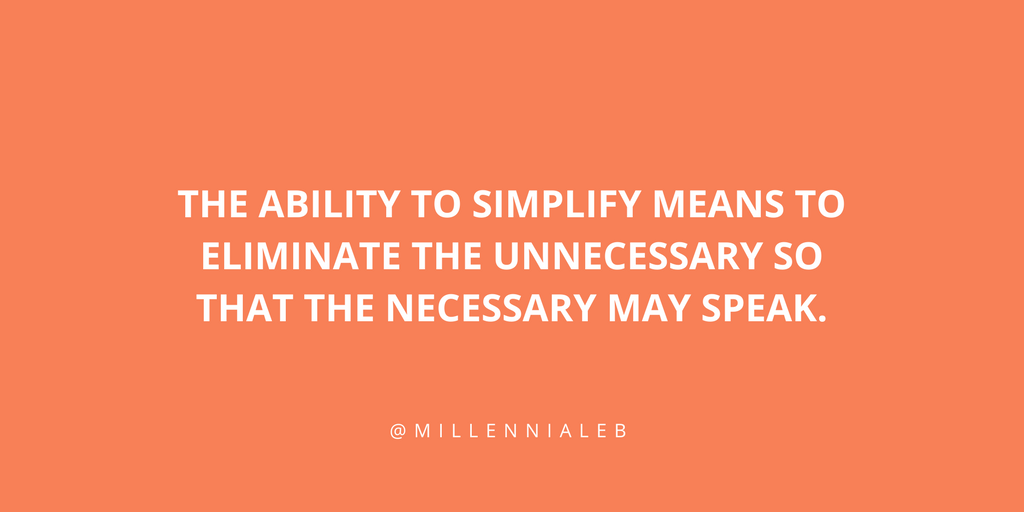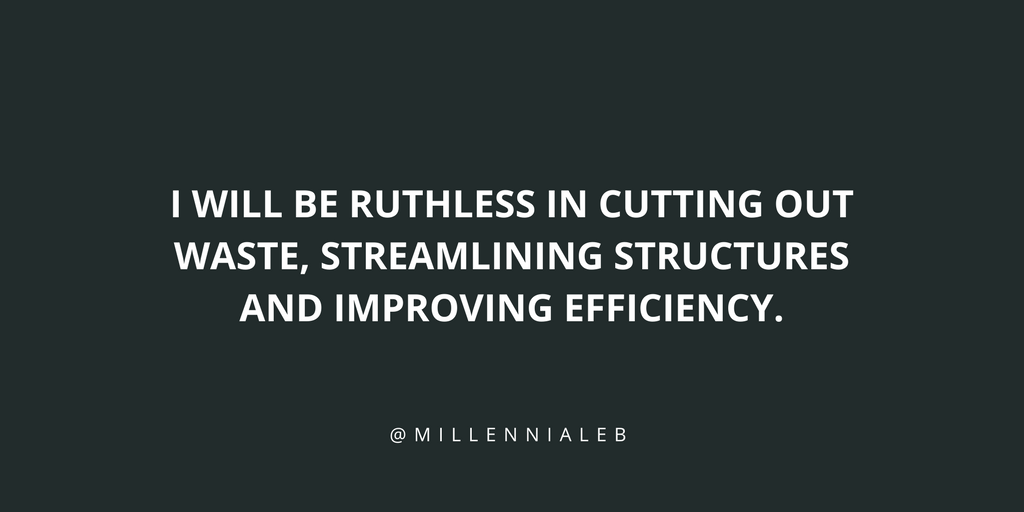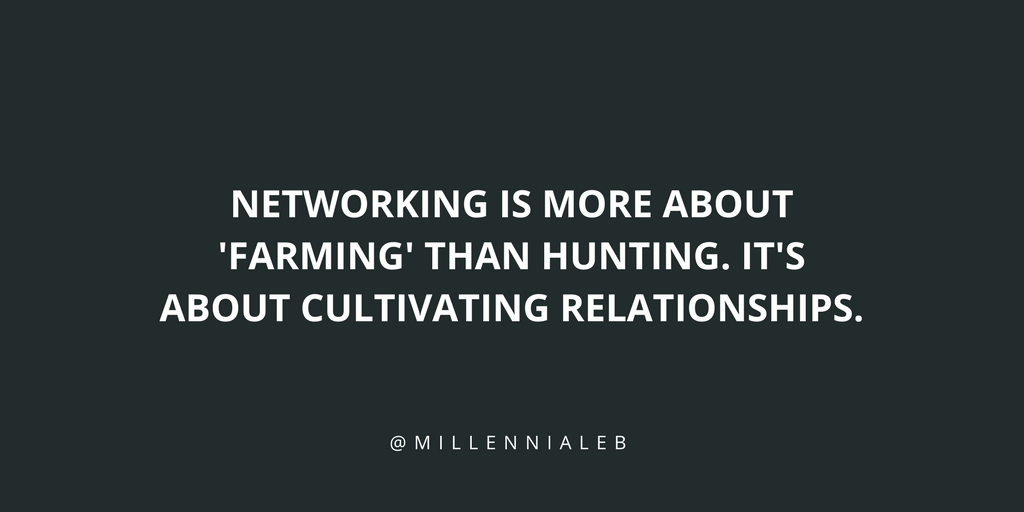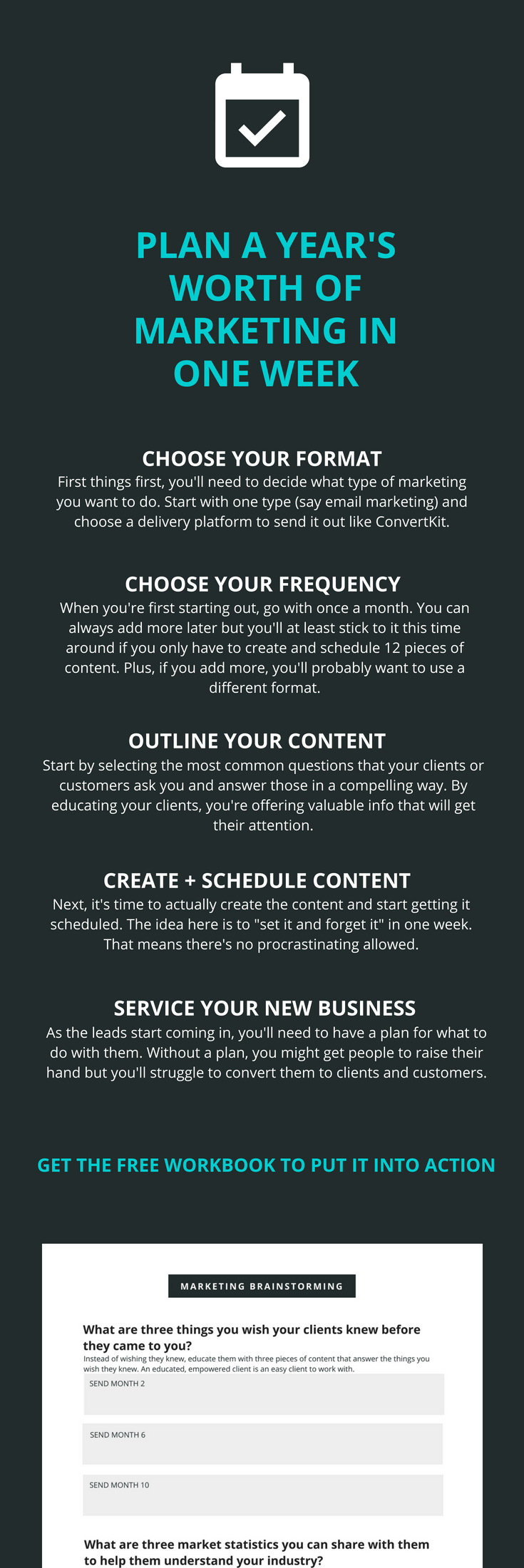No matter how good business is right now, if you’re not constantly looking for new opportunities, at some point you’re going to hit the income roller coaster…
No matter how good business is right now, if you're not constantly looking for new opportunities, at some point you're going to hit the income roller coaster. Click To TweetIf you’ve been in a sales or service based industry before, you know what I’m talking about…
You hustle your ass off looking for new business, then get busy servicing the business so you stop hustling for new business and then once all of that business is taken care of, you’re back to square one and have to start hustling for new business again.
Instead, get off of the income roller coaster by making sure you always stay top of mind… and the best way to do that is to create and schedule all of your marketing up front so that you can set it and forget and don’t have to worry about it again.

That’s exactly what we’re doing today.
Oh, and don’t worry… I know this can seem overwhelming so I created a whole workbook to help you put it into action.
1. Choose Your Format and Delivery Platform
Before you start planning your content, you need to figure out how you’re going to send it to your audience.
Before you start planning your content, you need to figure out how you're going to send it to your audience. Click To TweetThe format that you use is going to determine how detailed you get, how you present the information and how you’ll create the content.
Last week, I wrote a whole blog post with a free workbook that will walk you through each of the methods you can use to stay top of mind so if you haven’t checked that one out yet, start there.
[thrive_leads id=’11769′]
2. Choose Your Frequency
You can create your marketing to go out on whatever frequency you want to but as you’re getting started, I encourage you to stick to a monthly schedule.
It’s way easier to create 12 pieces of content than it is to create biweekly (24) pieces of content or weekly (52) pieces.

By deciding your frequency, you can decide how specific and detailed you want to get with each piece of content.
If you decide to market to them more often, your pieces will probably be a little shorter to generate enough content and because if they’re too long, too often, your audience will start getting overwhelmed with the sheer amount of content while if you’ve decided to go monthly, you might want to get a little more detailed since the pieces come less often.
For mailings, video emails, emails or blog posts, I recommend starting with once a month.
That’s totally manageable and easy to create a year’s worth in one week.
If you’re going with social media, you’ll want to start with at least weekly.
As mentioned, in last week’s post, we talked about choosing ONE marketing method… I don’t like to do more than one piece of content per month for each method to get started.
[thrive_leads id=’11769′]
3. Outline Your Content
There is NOTHING more obnoxious than when someone’s marketing sounds like this…
“Call me if you need a ___”
“50% off sale, stop by!”
Logic makes us think, emotion makes us act.
The average person receives about 5,000 sales messages per day and we’ve gotten REALLY good at ignoring them.
The average person receives about 5,000 sales messages per day and we've gotten REALLY good at ignoring them. Click To TweetWith that in mind, using traditional sales messages aren’t going to get you the result that you want.
We have to create VALUE.
In fact, here’s a whole post about becoming your network’s “Google”.
[thrive_leads id=’11528′]
Being a resource is going to be the single fastest way that you can build credibility quickly.
Being a resource is going to be the single fastest way that you can build credibility quickly. Click To TweetThe easiest way to start outlining your content is to think of the 5-10 most common questions that people ask or objections they have about your product or service and then answer them in long form.
For example, when I’m selling real estate, a lot of buyers think that the best way to decide what to offer is to just to take the listing price, knock a few thousand off and then that’s what they’re going to offer….
Instead, I wrote a whole blog post on my real estate site about the 8 mistakes buyers make when deciding what to offer on a house and it’s actually the most popular post on my real estate blog… If you’re curious to see how
I put this into action, you can check out the post right here.
If you’re having trouble coming up with ideas, start thinking about other areas of interest that your target audience might want to know.
The more that you can answer their questions before they ask them, the more credibility you’ll gain with them and the more they’ll anticipate your connections.
4. Create and Schedule Your Content
When we do our workshop series here in South Florida, we plan the entire series up front, pick the speakers and confirm the venues before the series even starts. Even though it’s a lot of work up front, it makes the implementation of it INSANELY easy throughout the series.
I take the same approach with marketing, blogging and everything else… I like to work based off of my energy so the mood hits to start doing videos, I do enough of them at once to schedule them all out for an extended period of time.
By working this way, it allows you to do it once and not worry about it again, it creates consistency for you and once you set it up, it just works in the background for you.
Because we’re creating and scheduling a year’s worth of content, you’ll want to make sure that all of your content is ‘evergreen’.
In other words, the content should be relevant no matter when it goes out.
For example, if you’re a financial planner, you might not want to talk about today’s stock prices when the email won’t go out for another six months.
Here’s a quick guideline for the length, my recommendation for platforms and pro tips for each of the methods I mentioned in last week’s post:
Email Newsletters: 500-750 words, don’t use a bunch of graphics or you might be flagged as spam and I highly recommend ConvertKit* as a platform over any other. I talk about what to send your audience and how to grow your email list here and here if you want to know more. Don’t use blocky text! Use one or two sentences and then hit enter (like this post) so it’s easier on the eyes.
[thrive_leads id=’9332′]
Blog Posts: 1200+ words. I use both emails and blog posts and they’re both uniquely valuable. You can recycle blog posts so whenever I have a client who’s asking about a topic, I can just send them to the link whereas with email newsletters, you can’t really recycle them in the same way. Making sure that you’re not using blocky text is super important here and be sure to use lots of headers and images throughout your posts. When you’re writing, act like you’re answering the question to your friend because there’s nothing more unengaging then feeling like you have to read a college essay. Have some personality in your writing! I recommend WordPress.com for creating your blog and one of these days I’ll write a whole post about how to start a blog.
Video Emails: 1-3 minutes. You know as well as I do that anytime a video pops up, you go right to see how long the video is. 1-3 minutes is ideal because it’s short enough that they’ll sit and watch the whole video and keeps you from rambling. My favorite platform for video emails is BombBomb.
Snail Mail: I loveeee snail mail. There are a whole bunch of ways to do snail mail and it just depends on which suits you best. I’ve seen people mail a monthly testimonial from their clients, monthly newsletters, market statistics, and worksheets or cheat sheets. It totally depends on the type of value that you want to create for your clients and we’ll break that down in the free workbook for this post.
Social Media: Social media is probably the easiest, so long as you do it the right way. I know there are a bunch of social media scheduling platforms out there but SmarterQueue* is my favorite because you can recycle posts. For example, if you find 25 articles, 25 videos and 25 quotes to schedule, SmarterQueue will go through them all and when it gets to the bottom, recycle them again. Because social media algorithms only show your posts to 2-5% of your audience, there’s no reason that you can’t recycle your posts because most people didn’t see them the first time.
5. Have A Follow-Up Plan For When People Respond
I’m addicted to systems… I like to blow people’s mind without having to put a whole lot of effort into it.
I'm addicted to systems... I like to blow people's mind without having to put a whole lot of effort into it. Click To TweetThink “set it and forget it”.
Set it and forget it Click To TweetThat’s sort of what my follow-up systems are like.
When someone tells me they want to buy or sell a house, they’re added to the appropriate follow-up plan and then get 32 touches over 90 days.


Yup, I know that sounds crazy and I didn’t intend for it to end up like that but it did… and because I wanted to blow their mind, stay top of mind and not have to do a whole lot of work, that’s sort of how it worked out.
Those 32 follow-ups include 12 emails (it’s one email a day for 12 days that breaks down one step in the home buying/selling process), 13 texts over 13 weeks, 4 mailings and 3 phone calls. If they’re a seller, they also get added to my system for a monthly email valuation of their home and if they’re a buyer, they get added to an automated property search.
With that in mind, it actually ends up being more than 32 touches, but believe it or not, they don’t complain.
They don’t complain because I’m following up in a bunch of different ways and none of it is spammy… Every single piece of content is something useful that they often go “wow, your emails are amazing” or “I thought I knew real estate and I’ve learned so much.”
To be clear… You do not have to do that much or anywhere close.
I’m a huge advocate of the 8×8 follow-up and I just so happen to have a whole blog post about that.
[thrive_leads id=’11440′]
However you decide to do it, making sure that every single piece of content is useful is the difference between them being like “LEAVE ME ALONE!” and “holy crap, I can’t wait to work with you.”




